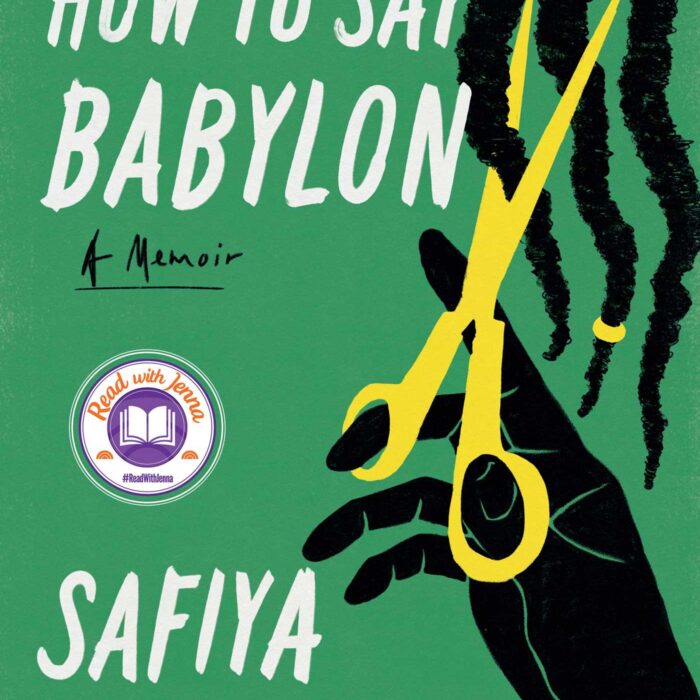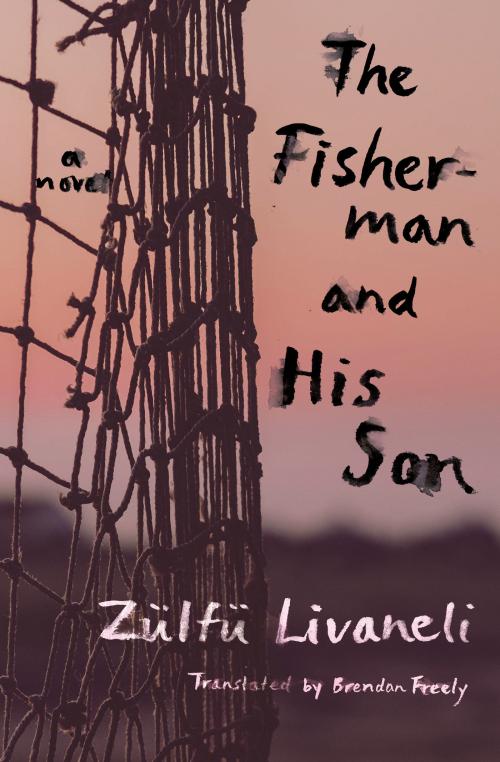You have no items in your cart. Want to get some nice things?
Go shoppingIn the third instalment of his column, The Written World, author Ali Shaw explores the desert as the cradle of literature, religions and wars, and also as a mirror held up to ourselves – in which we may or may not like what we see.

Here there is sand. There is camel, cactus and vulture. A line of white bones staggered through the dust. A watering hole, sometimes, which proves when you reach it to be nothing but a prank, played by the sweltering air on your thirsty mind.
A third of the Earth’s land mass is desert, so it’s no surprise that a great deal has been written about it. As will be the norm with this column, we’re only going to get through a small selection here, but one deliberate omission are the American deserts and border country, which we’ll look at on their own in the future. The deserts the following writers talk about are those where the dromedary treads, chiefly the Arabian Desert and the Sahara, which is currently expanding at a few thousand square kilometres a year.
It is in the deserts and high places that religions are generated. When men see nothing but bottomless infinity over their heads they have always had a driving and desperate urge to find someone to put in the way.
—Terry Pratchett, Jingo.
It’s striking that such barren landscapes as deserts have had such a fertile effect on all things cultural, not least literature. Deserts have inspired the creation of extraordinary things, among them literature’s socially awkward older brother, religion.
In centuries past, before television and overseas travel helped us picture and perhaps even perspire in the desert, the British at least had only an imagined landscape of sand and symbolism, heavily informed by the Bible. Old Testament and New, the Biblical desert was where you were tested. Your every moral fibre strained and thirsted for survival, and should it be found lacking you could expect your dues of pestilence and smiting fire.
But God led the people about, through the way of the wilderness of the Red sea: and the children of Israel went up harnessed out of the land of Egypt… And the LORD went before them by day in a pillar of a cloud, to lead them the way; and by night in a pillar of fire.
In more recent years, with many more people sceptical of religion (not least because of its forays into the deserts from which it came), we might assume that we’ve developed an entirely new way of thinking about the desert. Yet a culture has a kind of DNA and, wherever we look upon the helix of desert literature, we’re likely to find an older symbolism at work: that the sandy wastes are the greatest leveller and examiner we might ever face. Here’s Percy Shelley’s Ozymandias, published in 1818, in which the land itself is just as decimating as any vengeful god.
I met a traveller from an antique land
Who said: Two vast and trunkless legs of stone
Stand in the desert. Near them, on the sand,
Half sunk, a shattered visage lies, whose frown,
And wrinkled lip, and sneer of cold command,
Tell that its sculptor well those passions read
Which yet survive, stamped on these lifeless things,
The hand that mocked them and the heart that fed:
And on the pedestal these words appear:
“My name is Ozymandias, king of kings:
Look on my works, ye Mighty, and despair!”
Nothing beside remains. Round the decay
Of that colossal wreck, boundless and bare
The lone and level sands stretch far away.
—Percy Shelley, Ozymandias.

Contemporary writers, at least in the Western world, are unlikely to try to proselytise through their writing, but nevertheless their deserts work to the same effect as did those of more ancient imaginations.
In Jim Crace’s novel Quarantine, a manipulative trader named Musa encounters Jesus during his forty days spent in the desert. Crace is an atheist, as he outlines in his introduction to the American edition, but the book is no polemic and he writes Jesus with a great deal of humanity. Yet it is the land, not any god, that shapes the development of both his Jesus and Musa. “[The scrub] was a less forgiving, more dogmatic host, despising doubt and mocking faith at once, and favouring the predatory, whatever their beliefs.” Crace’s desert is an even-handed judge who, just as it passes verdict, demands that those who set foot in it scrutinise themselves.
There was also something rich, at times, about the scrub, despite itself. Something sustaining, unselfish, fertile even. Perhaps this was because it made no claims. It did not promise anything, except, maybe, to replicate through its array of absences the body’s inner solitude.
—Jim Crace, Quarantine.
Is it any wonder that fire and sand lead to such introspection? Perhaps the blasted purity of the desert landscape moves the human mind to burn back on itself like an internal sun. Such is its allure. Just as we saw when we looked at the North Pole, extreme climates promise to either annihilate us or show us what we really are. It’s a beguiling promise, because we like looking in mirrors, but I fear that what the desert shows us might sit uncomfortably.
The history of deserts has always been one of wars, one of hell on earth, as if men have stared into their own souls in the wilderness and seen that they are bloodthirsty by nature. Writers through the ages have tried to draw some sense out of it, and are still trying in the teeth of today’s many crises. The American poet Brian Turner, who was a soldier in the most recent Iraq war, returns to the desert battlefields in his collections Here, Bullet and Phantom Noise.
They say the Garden of Eden blossomed here
long ago, and this is all that remains,
wind scorpions and dust, crow-like jays
cawing their raspy throats in memory.
—Brian Turner, from Mihrab in Here, Bullet.
Turner goes on to say, in the same poem, that, “if there is a heaven it is so deep within us we are overgrown.” It is hard to find any traces of heaven when we look into ourselves in the desert, so perhaps hope can be found in the voices of those who rarely depart it. I’d like to point you to this excellent article about Arab poetry of the desert, by Maysa Abou-Youssef Hayward. She finds, in Arabic poetry, the same laments over the horrors and causes of wars as can be found in the writings of Western war poets, but offers the following caveat.
For city dwellers, the desert is death and decay, a sign of destruction, forced exile, and a reminder of the absence of a homeland. For Bedouins, desert dwellers, the desert is a living presence, a place for establishing community, connection, and identity.
—Maysa Abou-Youssef Hayward, in Communities at the Margins: Arab Poetry of the Desert, Arid Lands Newsletter #50, University of Arizona.
Through an investigation of Bedouin poetry, Hayward uncovers a very different way of looking at the desert, one where the hostility of nature and the dangers of the scorching heat lead to a rich sense of community. In the desert, the Bedouin have to help each other in order to survive, and this ensures a level of kinship and hospitality that is the antithesis of the antagonism and bloodshed caused by those who have not learned to bear the sun.
But it was their true world. The sand, the stones, the sky, the sun, the silence, the suffering, not the metal and cement towns with the sounds of fountains and human voices. It was here – in the barren order of the desert – where everything was possible, where one walked shadowless on the edge of his own death.
—J.M.G. Le Clézio, Desert.
In J.M.G. Le Clézio’s lyrical novel, Desert, we follow Nour, a nomad boy, out of the hamada towards Morocco. In the first few chapters of this book alone, there are countless wonderful sentences I’d love to quote from, but it’s the word “shadowless” that I love so much here, implying that the land will abide not the slightest trace of those who walk on it. There is no way to forget your own mortality in the desert, and if at last you stagger out into greener spaces, you never forget what you learned on the sand. The desert comes with you, almost literally burned into your being. The Sahara creeps larger every year. Should you come to terms with it, as the nomads do, you may find in it an impetus and a liberation.
Let’s end with something by Michael Ondaatje, from The English Patient, a book about dealing with the scars of fires both actual and figurative. When it comes to the desert, this passage tells it all:
The desert could not be claimed or owned – it was a piece of cloth carried by winds, never held down by stones, and given a hundred shifting names long before Canterbury existed, long before battles and treaties quilted Europe and the East. Its caravans, those strange rambling feasts and cultures, left nothing behind, not an ember. All of us, even those with European homes and children in the distance, wished to remove the clothing of our countries. It was a place of faith. We disappeared into landscape. Fire and sand.
—Michael Ondaatje, The English Patient.

Ali Shaw
Ali Shaw is the author of the novels The Man who Rained and The Girl with Glass Feet, which won the Desmond Elliot Prize and was shortlisted for the Costa First Book Award. He is currently at work on his third novel.





“boundless and bare / the lone and level sands stretch far away.” Ali Shaw looks at deserts in literature http://t.co/3lwPlzWIf4